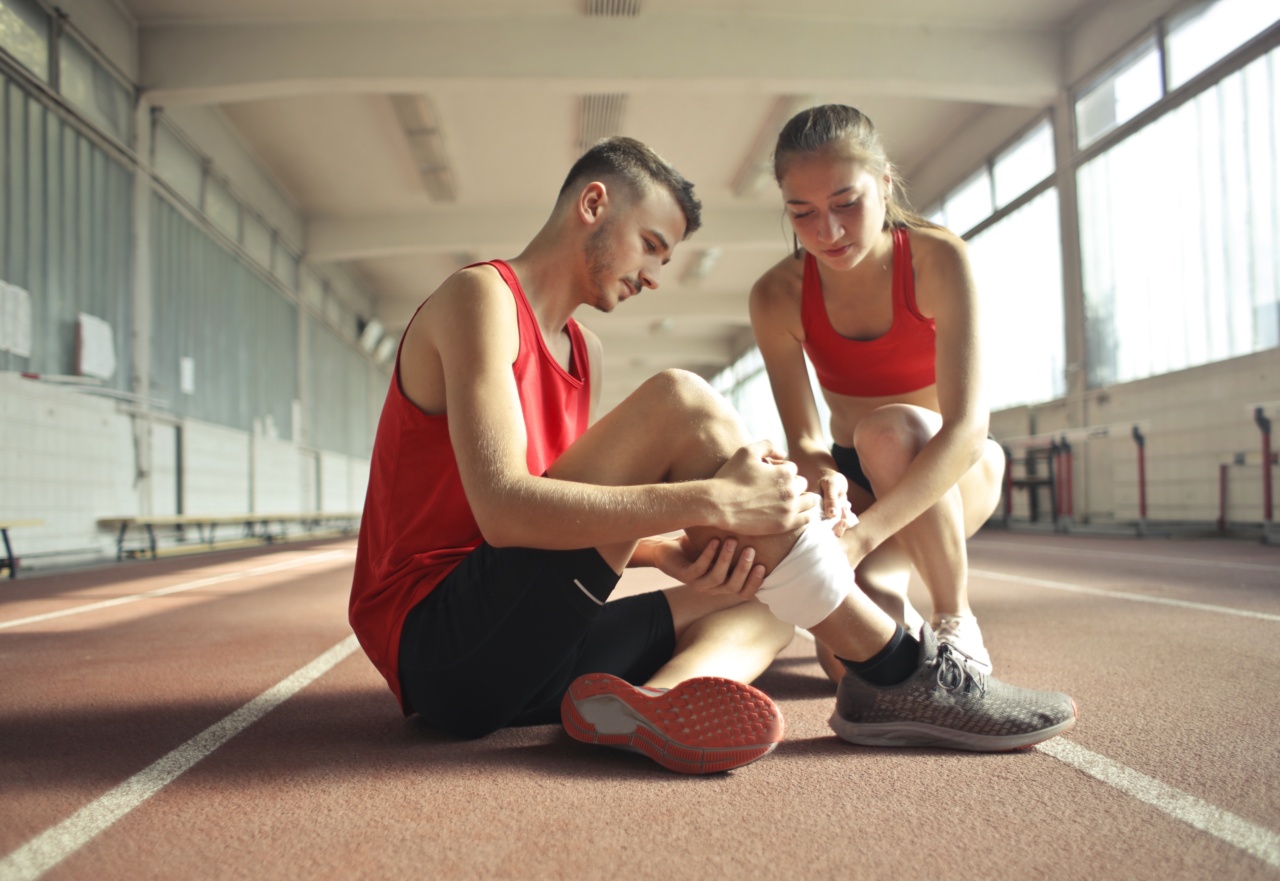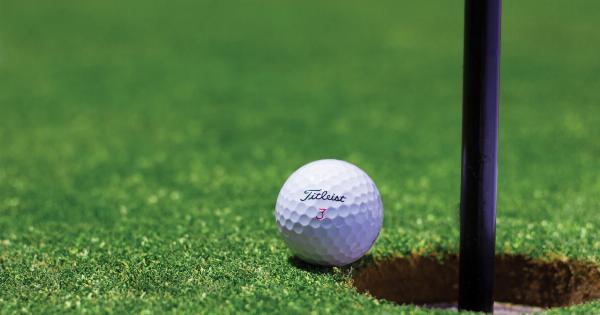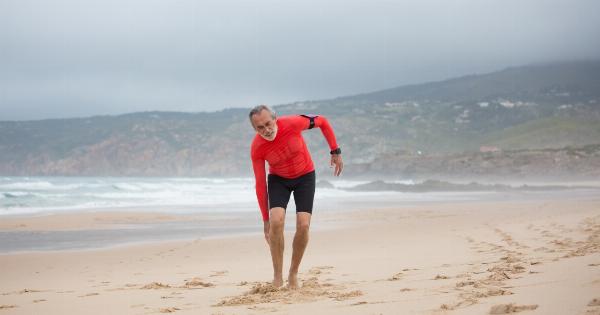Athletes, regardless of their sport or level of competition, often face aches and pains as a natural consequence of their physically demanding lifestyles.
These aches and pains can vary based on the type of sport, the intensity of training, the athlete’s age, and other factors. In this article, we will explore some of the typical athlete aches and pains, their causes, and potential treatment options.
1. Muscle Strains and Sprains
Muscle strains and sprains are common among athletes and can occur in various parts of the body, including the legs, arms, back, and neck. These injuries usually result from overstretching or tearing of the muscles or ligaments.
Common causes include sudden movements, improper technique, inadequate warm-up, or overtraining. Rest, ice, compression, and elevation (RICE) is a popular treatment approach for muscle strains and sprains.
2. Tendonitis
Tendonitis, an inflammation of the tendons, is another prevalent ailment among athletes. Overuse and repetitive stress placed on the tendons during training or competition can lead to this condition, causing pain, swelling, and reduced range of motion.
Rest, physical therapy, and in some cases, corticosteroid injections may be used to manage tendonitis.
3. Shin Splints
Shin splints refer to pain along the shinbone (tibia), typically felt during physical activities that involve running or jumping. This condition often arises from overuse, improper footwear, or training on hard surfaces.
Adequate stretching, wearing appropriate shoes, and modifying training routines are essential for prevention and treatment of shin splints.
4. Stress Fractures
A stress fracture is a small crack in a bone, commonly seen in weight-bearing bones such as the tibia, foot, or hip.
Athletes who participate in high-impact sports are more susceptible to stress fractures due to repetitive stress and inadequate recovery time. Rest, immobilization, and gradually returning to physical activity are necessary for proper healing of stress fractures.
5. Tennis/Golfer’s Elbow
Tennis elbow (lateral epicondylitis) and golfer’s elbow (medial epicondylitis) are well-known ailments affecting athletes involved in sports like tennis, golf, or any activity that involves repetitive arm movements.
These conditions cause pain, tenderness, and weakness in the affected elbow and forearm. Treatment often involves rest, ice, physical therapy, and in some cases, the use of braces or splints.
6. Runner’s Knee
Runner’s knee, or patellofemoral pain syndrome, is a common knee injury among runners, hence the name. This condition arises from improper tracking of the kneecap, leading to pain around the front of the knee.
Contributing factors include muscle imbalances, overuse, or a sudden increase in training intensity. Rest, physical therapy exercises, and wearing appropriate footwear are key for alleviating runner’s knee symptoms.
7. Ankle Sprains
Ankle sprains occur when the ligaments surrounding the ankle joint are stretched or torn. Athletes participating in sports that involve quick changes in direction or jumping are particularly prone to this injury.
RICE (rest, ice, compression, elevation), immobilization, and rehabilitation exercises are generally part of the treatment plan for ankle sprains.
8. Lower Back Pain
Lower back pain can significantly impact an athlete’s performance and quality of life. Causes of lower back pain include muscle strains, disc issues, poor posture, and overuse.
It is crucial to address the underlying cause of the pain and develop a comprehensive treatment plan, which may involve physical therapy, core strengthening exercises, and lifestyle modifications.
9. Shoulder Impingement
Shoulder impingement is a condition caused by compression of tendons and bursae within the shoulder joint. Athletes involved in sports requiring repetitive overhead movements, such as swimming or throwing, are more prone to shoulder impingement.
Treatment often involves rest, physical therapy, and modifications in training techniques to avoid excessive stress on the shoulder joint.
10. Concussions
Concussions are a form of traumatic brain injury that can occur in contact sports like football, rugby, or boxing. Athletes who experience a blow to the head or body may develop symptoms such as headaches, dizziness, confusion, or memory problems.
It is crucial for athletes to receive proper medical evaluation and adhere to return-to-play protocols to prevent further injury.
Conclusion
Athletes experience a wide range of aches and pains as a result of their demanding physical activities. Understanding the common injuries and ailments that athletes face is crucial for prevention, early intervention, and appropriate treatment.
Proper warm-up and cool-down, adequate rest, appropriate training techniques, and seeking timely medical advice are essential for athletes to stay in peak physical condition and minimize the impact of these aches and pains on their performance.



























